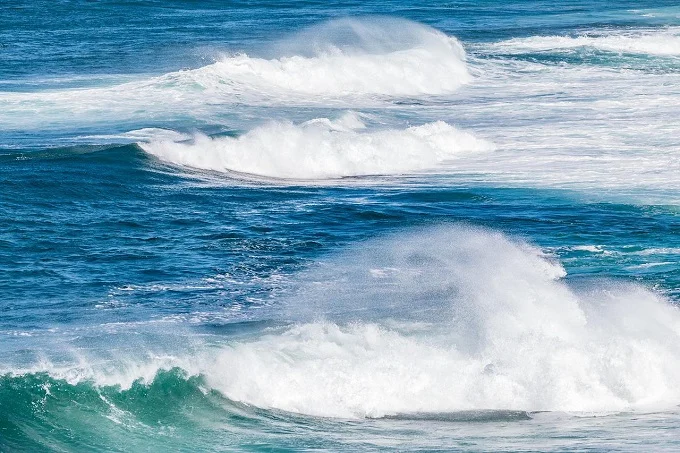The Bermuda Triangle, located in the Atlantic Ocean, has earned a notoriety for dozens of ships and several planes that disappeared without a trace. But there is an equally sinister place in the vast Pacific Ocean that sailors call the Devil’s Sea.
The Devil’s Sea is located in the northern part of the Philippine Sea, not far from the coast of Japan. It is a part of the Pacific Ocean located between the Mariana Islands, the northern Philippines, and the Japanese archipelago. It was Japanese fishermen, whose vessels most often became victims of this mysterious place, nicknamed the Devil’s Sea.
The exact number of lost ships here is incalculable. In 1981, in one week, 6 ships were lost in this strange place, and their total number long ago exceeded a hundred. The Devil’s Sea can easily compete with the Bermuda Triangle in this respect.
In the 80s of the last century, Japanese scientists conducted a large-scale survey in the area in order to find out what caused the loss of ships. But according to experts, the mysterious disappearances can be explained by natural causes and have nothing to do with mystical phenomena.
The fact is that tropical cyclones actively form in this place. In addition, there are migration paths of tropical cyclones that originate in the more southern latitudes of the Pacific Ocean. This part of the Pacific is much like the Caribbean Sea, where a huge number of tropical cyclones also form. Wind speeds in this part of the Philippine Sea often reach 20-25 m/s, making navigation difficult. Up to 35 typhoons form every year in the Devil’s Sea. Poor visibility and strong gale winds are the main cause of the loss of small fishing vessels. Cases of the disappearance of large vessels are extremely rare and do not exceed similar precedents in other areas of the world’s oceans.
Another factor that also contributes to vessel loss is the presence of treacherous underwater volcanoes. This seismically active part of the Pacific Ocean contains underwater volcanoes that erupt and cause shipwrecks.
From the depths of the sea, a huge bubble of gas and ash suddenly erupts, capable of overturning even a large ship. At least one such case is known to have occurred in the waters of the Devil’s Sea in 1952 when the Japanese ship Cayo-Maru fell victim to an underwater volcano.
There are especially many volcanoes near the Bonin Islands. The islands are often the result of powerful eruptions when new patches of land appear above the water surface of the ocean. Seafarers unaware of their appearance have also fallen victim to underwater volcanoes, crashing on the rocks. Conversely, small islands may be replaced by tiny patches of land or a few rocks that are almost invisible in poor visibility after an eruption. Therefore, sailors have long known that if you can smell sulfur in the air, it is better to avoid this place to avoid being hit by an underwater volcano.
Thus, ship deaths in the Devil’s Sea are associated with frequent tropical cyclones and underwater volcanoes. Most often, their victims are small fishing boats not equipped with meteorological and navigation equipment.
